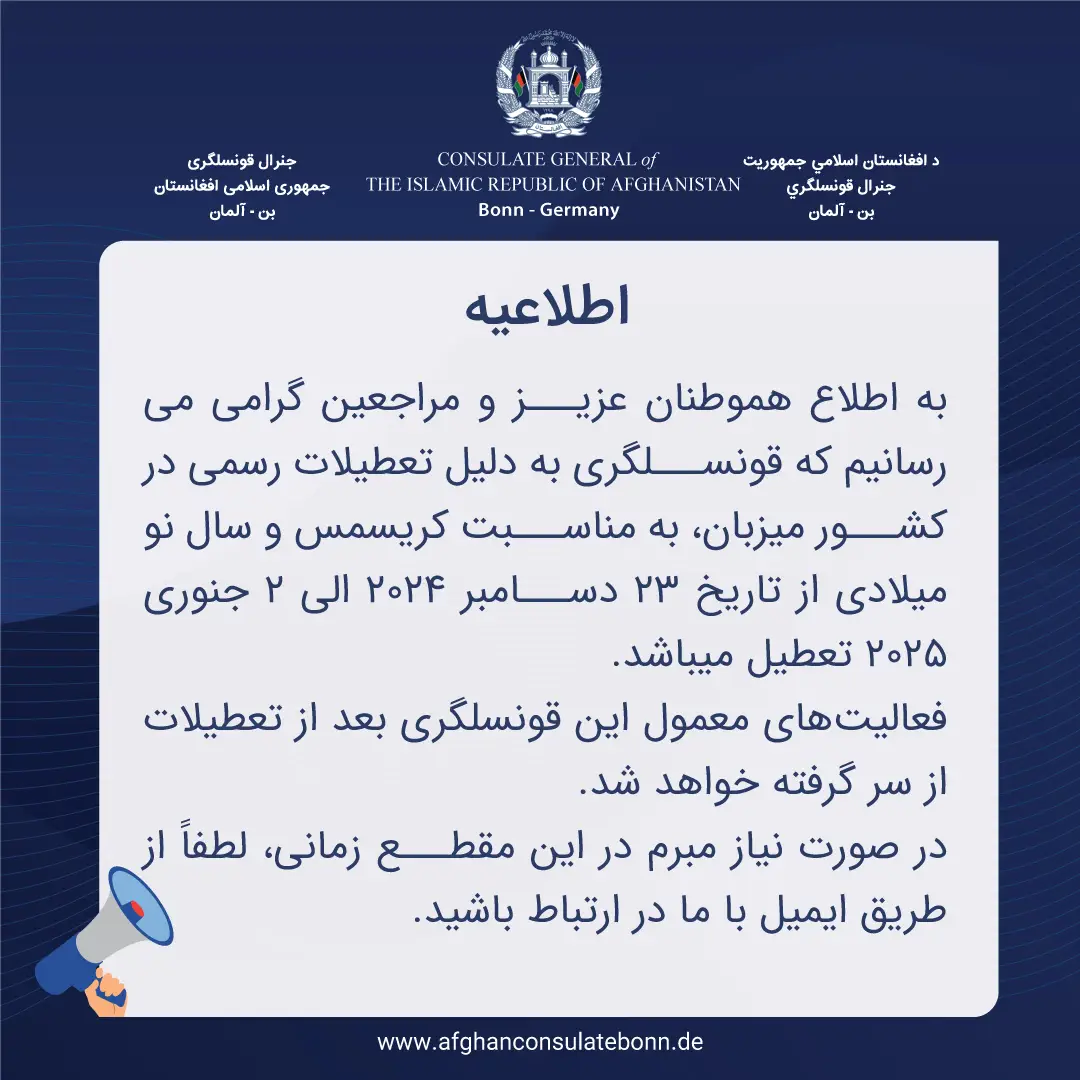Embassy of the Islamic Republic of Afghanistan in Stockholm - Kingdom of Sweden
THE ISLAMIC REPUBLIC OF AFGHANISTAN
Stockholm - Kingdom of Sweden
THE ISLAMIC REPUBLIC OF AFGHANISTAN
Stockholm - Kingdom of Sweden
Kingdom of Sweden
A look at Sweden
-
Facebook
-
X (Twitter)
Sweden
Sweden is part of the Nordic region in northern Europe, together with the countries of Denmark, Finland, Iceland and Norway. Sweden is large in size, small in population.
Capital
Stockholm
Population
10,551,707 people, 0.13 per cent of the world’s population
Life expectancy
Men 81.58 years, women 84.9 years
Language
Swedish (main language); and five official minority languages: Sami, Finnish, Meänkieli (Tornedalen Finnish), Yiddish and Romani Chib
Religion
The Church of Sweden is Evangelical Lutheran, but there are also many other religions and faiths in the country.
National Day
6 June
Sweden's government
Sweden is a democracy and a monarchy. The Swedish Constitution and its four fundamental laws define how the country is governed. Sweden is a member of the European Union, EU.
Form of government
Constitutional monarchy, with parliamentary democracy – political power lies with the parliament and government; the monarch has ceremonial functions
Parliament
Called ‘riksdag’ – 349 members of parliament in a single chamber
Head of state
His Majesty King Carl XVI Gustaf; heir to the throne is Crown Princess Victoria
Education and work in Sweden
Education is fully tax-financed in Sweden, apart from higher education for people from outside the EU/EEA area and Switzerland, who will have to pay a tuition fee. Conditions on the labour market are largely regulated through negotiations between employers and labour unions.
Education
Ten years of compulsory schooling, but most students continue to the three-year upper secondary school/sixth form/high school. Around one-third go on to higher education at universities and colleges throughout Sweden.
Working hours and holidays
Standard work week is 40 hours, minimum paid holiday allowance is 5 weeks (25 working days)
Employment rate (20–64 years)
Men: 71.0% ; women: 66.8% ; total: 69.0%
Sweden's geography and nature
Sweden is so long that its northern parts may still be covered in snow when the southern end is in bloom. More than two-thirds of the land area is covered in forest and there are nearly 100,000 lakes.
Longest north–south distance
1,572 km
Longest east–west distance:
499 km
Land area
410,000 sq km
Total area
528,447 sq km, the fifth largest country in Europe and roughly the same size as California
– Forests: 63% (69 % of the land area)
– Lakes and rivers: 9%
– Marshland: 6.5%
– Agricultural land: 7%
– Grasslands: 7%
– Urban and industrial land: 3%
– Exposed rock and mountains: 4.5%
Highest mountain
Kebnekaise (2,099 m)
Biggest lake:
Vänern (5,650 sq km)
Number of lakes larger than 100m x 100m:
95,700
Sweden's biggest cities and their population:
Stockholm: 988,943
Göteborg: 604,616
Malmö: 362,133
Number of national parks:
30
Time zone:
GMT +1
Money and trade:
The Swedish currency is the Swedish krona, SEK. In a referendum in 2003, Swedes voted no to implementing the euro, EUR.
Currency:
1 krona (SEK) = 100 öre ≈ EUR 0.095
GDP
SEK 6,208 billion (2023)
Sweden's most important export goods:
Vehicles and machines, pharmaceuticals/chemicals, electronics, minerals, wood products, energy, foods, shoes and clothes
Calling code:
+46
Internet code
.se
Source
Statistics Sweden
